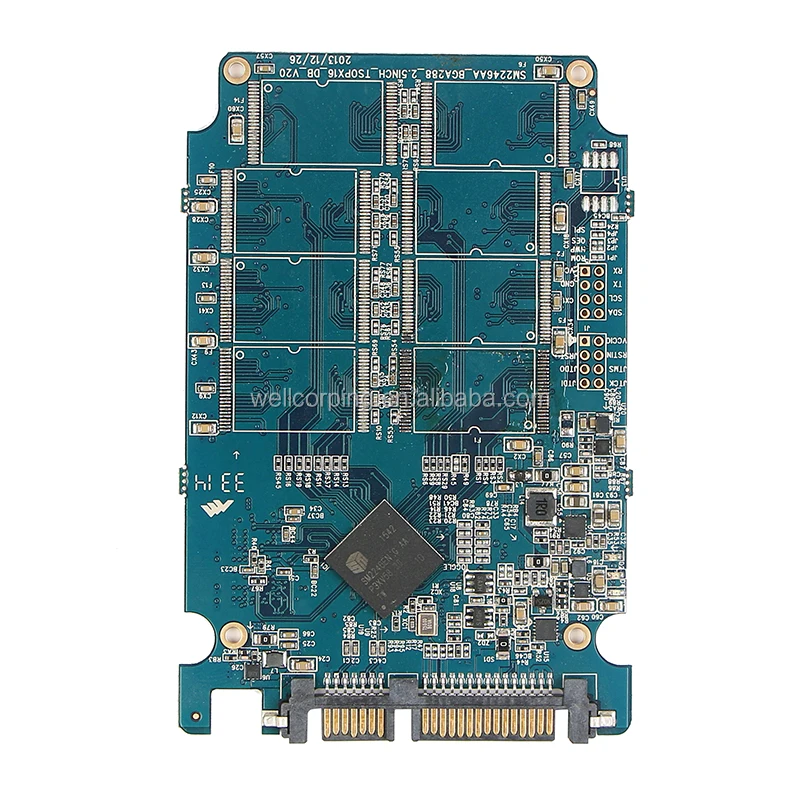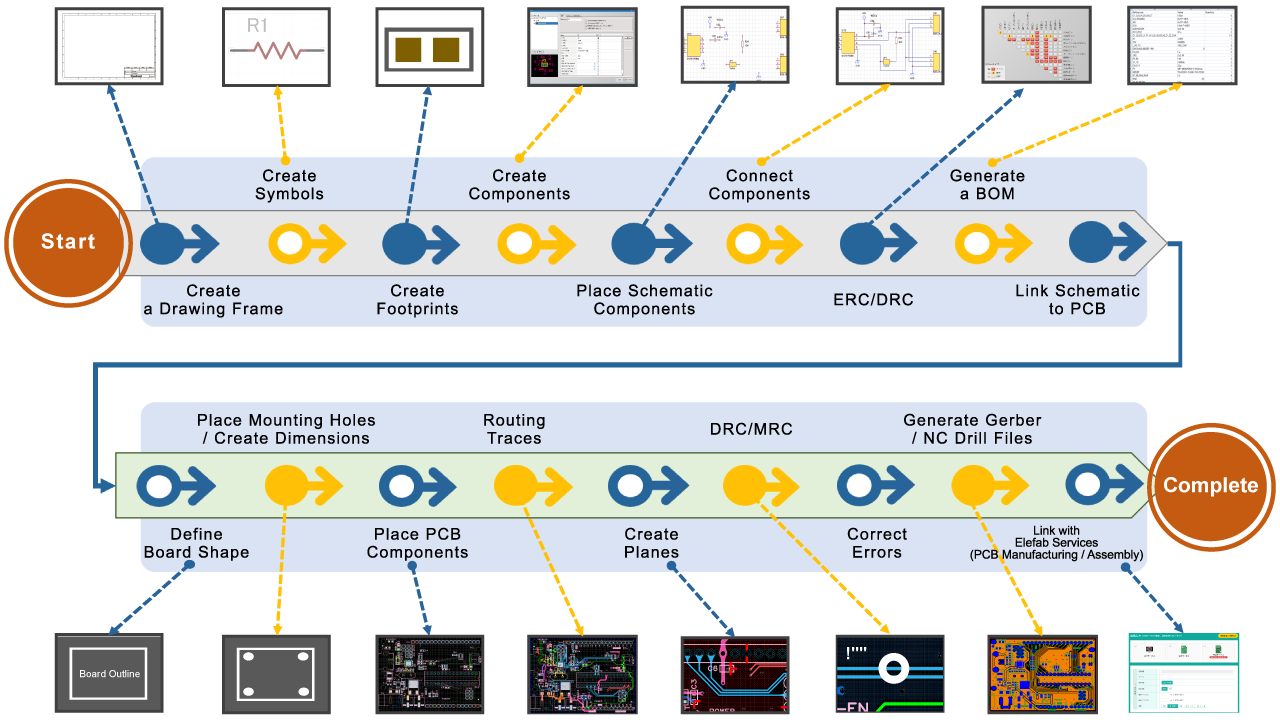

I found AutoTrace picks up too much detail to be useful for general cleaning up though. I chose AutoTrace specifically because it has a "centre-line" option, originally designed to help pick out text in an image, but ideal for this job. * A program to turn the photo into a vector line-drawing. I also used the vector program, Inkscape, to clean up the lines. I use the Gimp, which is free, and these instructions are Gimp-specific.

* A computer * Internet access, to look up components (but see note) * A multimeter - not essential, but helpful (depending on how precisely you need to know how the circuit works, if you are dealing with SMD's, the ability to measure capacitance could prove useful) * A strong magnifying glass - you may need to check details which you can't make out from the photos. A ring flash may be your best option if you have access to one. A bounced flash is only just good enough. You need: * A good camera, preferably with a tripod * Even lighting - a badly lit picture will cause a lot of extra work. You will be working from photographs, and need some software. Google for "blind pcb vias" to learn more. So if you end up with an incomplete looking schematic, that could well be why. I believe, unfortunately, that these are hidden in the SMD pads themselves, so impossible to find without de-soldering. It would appear that the board I worked on here utilises these, as a number of components appear to be missing connections. Addendum: since writing this instructable I have discovered there are such things as "blind vias" - where the hole only goes part-way through the pcb and is connected to an inner layer only. I'm pleased to say that after creating the diagram, I was able to use it to confirm the suspected faulty part. I assume it's completely hidden in some way.

I also discovered as a result of this project that completely hidden traces can exist - in my diagram there is a transistor with it's base apparently unconnected, but I can't find a connection or through hole for it. I'm sure another workaround can be found, if it isn't.
REAL PCB HOW TO ADD COMPONENTS WINDOWS
Windows versions are available of the main tools, Gimp, Inkscape, AutoTrace and Dia, but I don't know if a Windows version is available of the utility pstoedit, needed for an unfortunate extra workaround step. All the editing was done on a laptop running Linux. These methods arise partly from the photographs I took being too unevenly lit and inadequately sharp. At a higher level of complexity, as on the board shown in this project, I decided there were too many tracks for hand tracing to be reliable, and used the graphical techniques described. The next "level" of complexity from a simple, drawable board, would probably be a good candidate for the tracing methods described in step 16 of this instructable, missing out all the image editing procedures, and modified accordingly. For complex boards, it is too easy to lose your place using this method. For simple boards, it is probably better to use pencil and paper to draw the board onto squared paper, replacing components with their symbols, and changing track crossing places to avoid components. Without the need to invent the process, things should progress more quickly. However, I believe the basic procedure is essentially correct for the majority of boards which are too complex to reliably hand trace. The steps presented here are not exact, and you will no doubt find your own way of working which is more effective in the case of any particular board. The process proved to be very long and painstaking, but also very rewarding. This project is a result of needing to service a domestic electronic item without being able to obtain a circuit diagram.


 0 kommentar(er)
0 kommentar(er)
